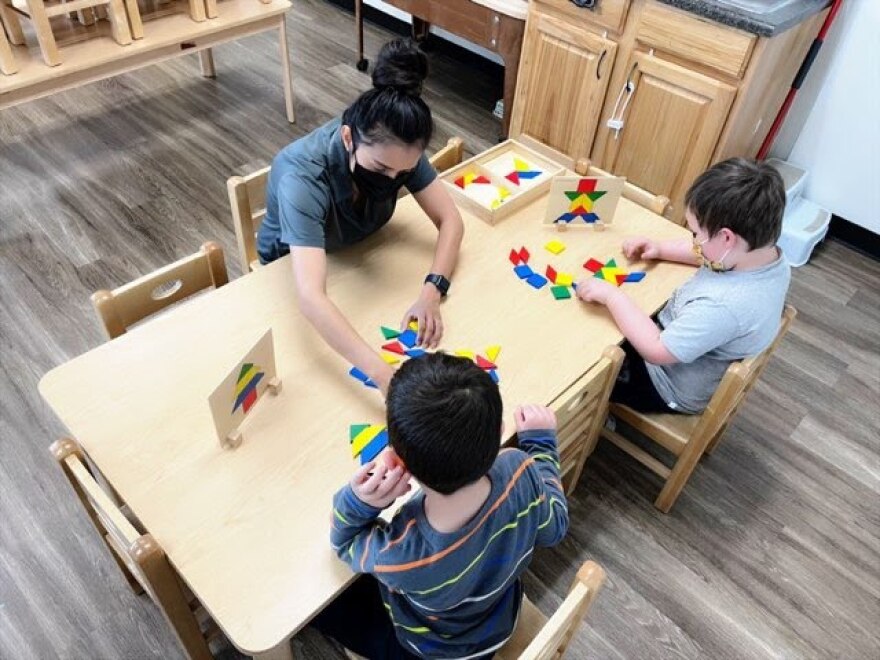For all the challenges the pandemic has brought, Jessica Lloyd said it might ultimately be good for child care.
She runs Creative Learning Academy, an early childhood learning center with four locations throughout Salt Lake County. She said because kids were learning from home and parents were balancing work with watching them, there’s more attention now on the need for good care.
The challenge is, there just aren’t enough options — especially for the youngest kids.
“I think last week I probably had about 15-20 calls a day with parents saying, ‘Hey, I really need care for my infant,’” Lloyd said. “Infant care's really difficult to find right now. We have a waiting list for infant care, as do a lot of places.”
Utah has long had some of the least accessible child care in the country, according to Page Checketts, executive director of the Utah Child Care Cooperative. On average, there is one slot for every four children in the state.
It’s also too expensive for many people. Checketts said child care that costs more than 7% of a family’s income is considered unaffordable, yet the average Utah family with two kids pays roughly a quarter of their income on care.
But like Lloyd, Checketts is hopeful the state is turning a corner. She said it has already done a better job in recent years of helping connect families to providers in their area.
State and federal COVID relief funding have also helped providers like Lloyd keep employees on their payroll, as well as boost subsidies for families to afford their services. Utah is expected to receive an additional $424.8 million for child care services through the recently passed American Rescue Plan.
Checketts said those resources are great, but because much of it is one-time funding, ongoing efforts are needed to make a difference.
“This is a system problem,” she said. “This isn't just like a one-time problem that needs to be shored up until we get back to normal, because back to normal was a problem.”
She said she hopes people start to think of child care as a public good. It not only helps prepare kids for starting school, it takes stress off working families.



